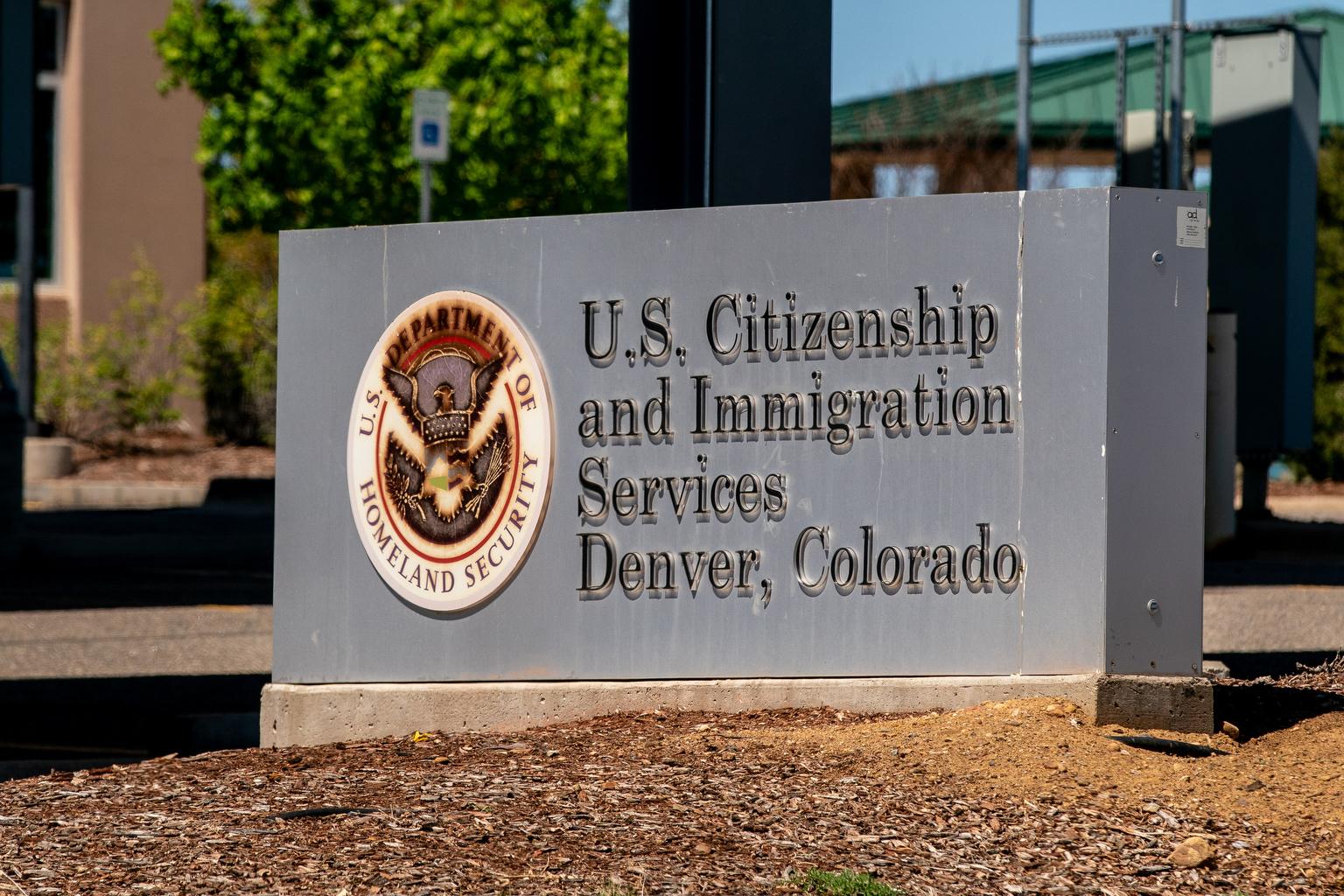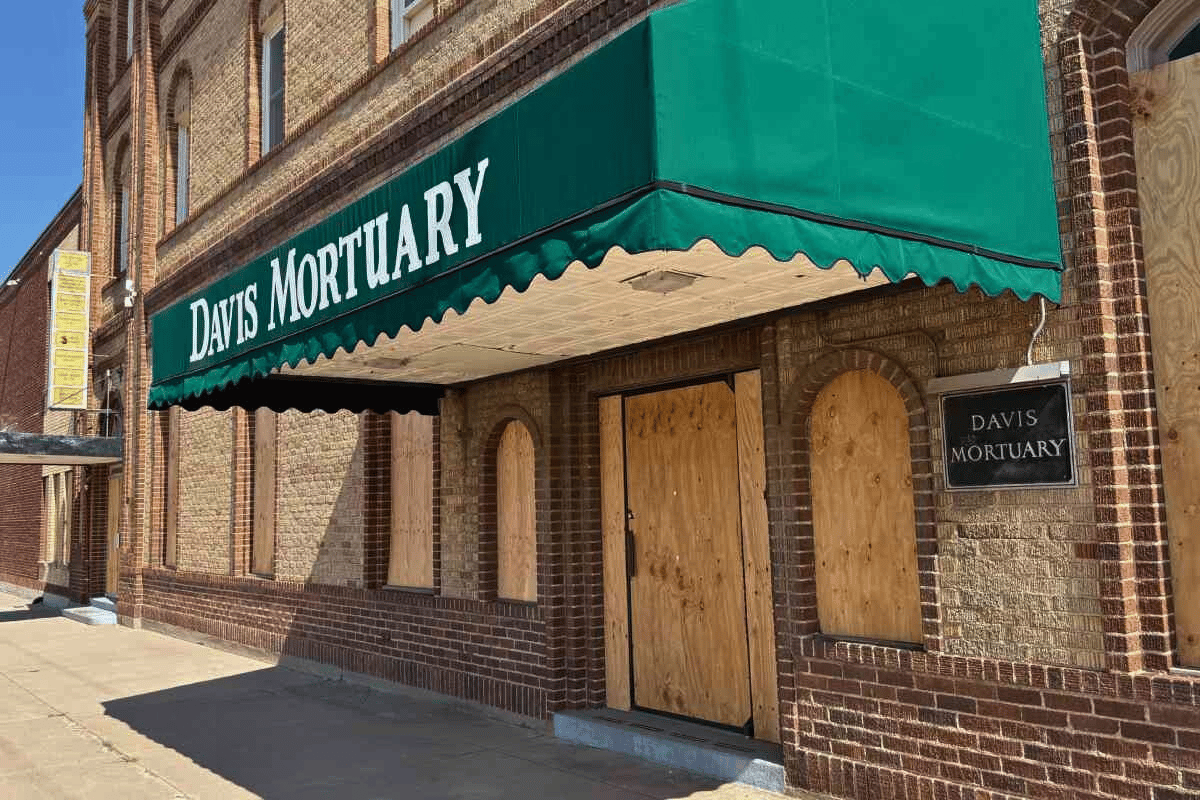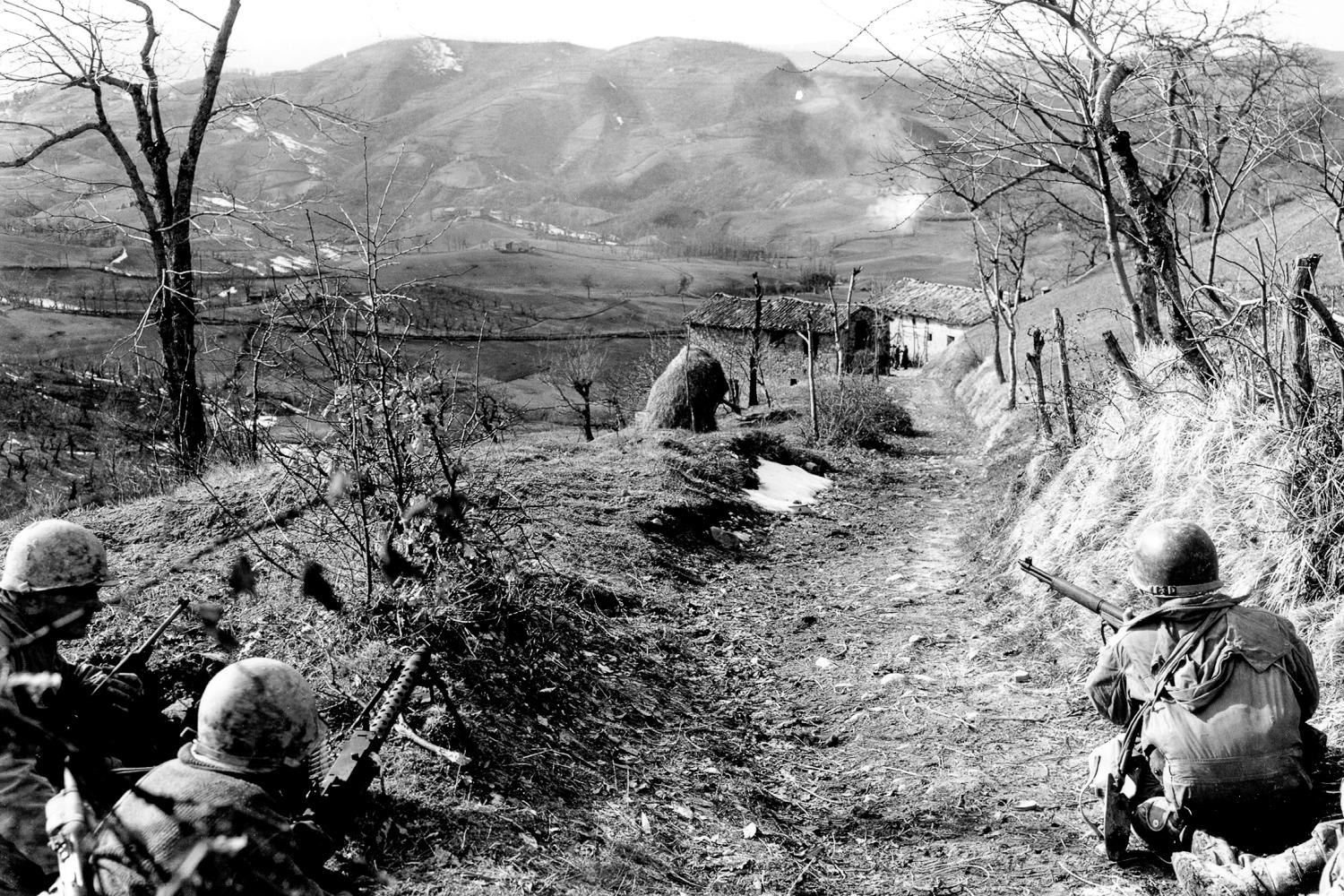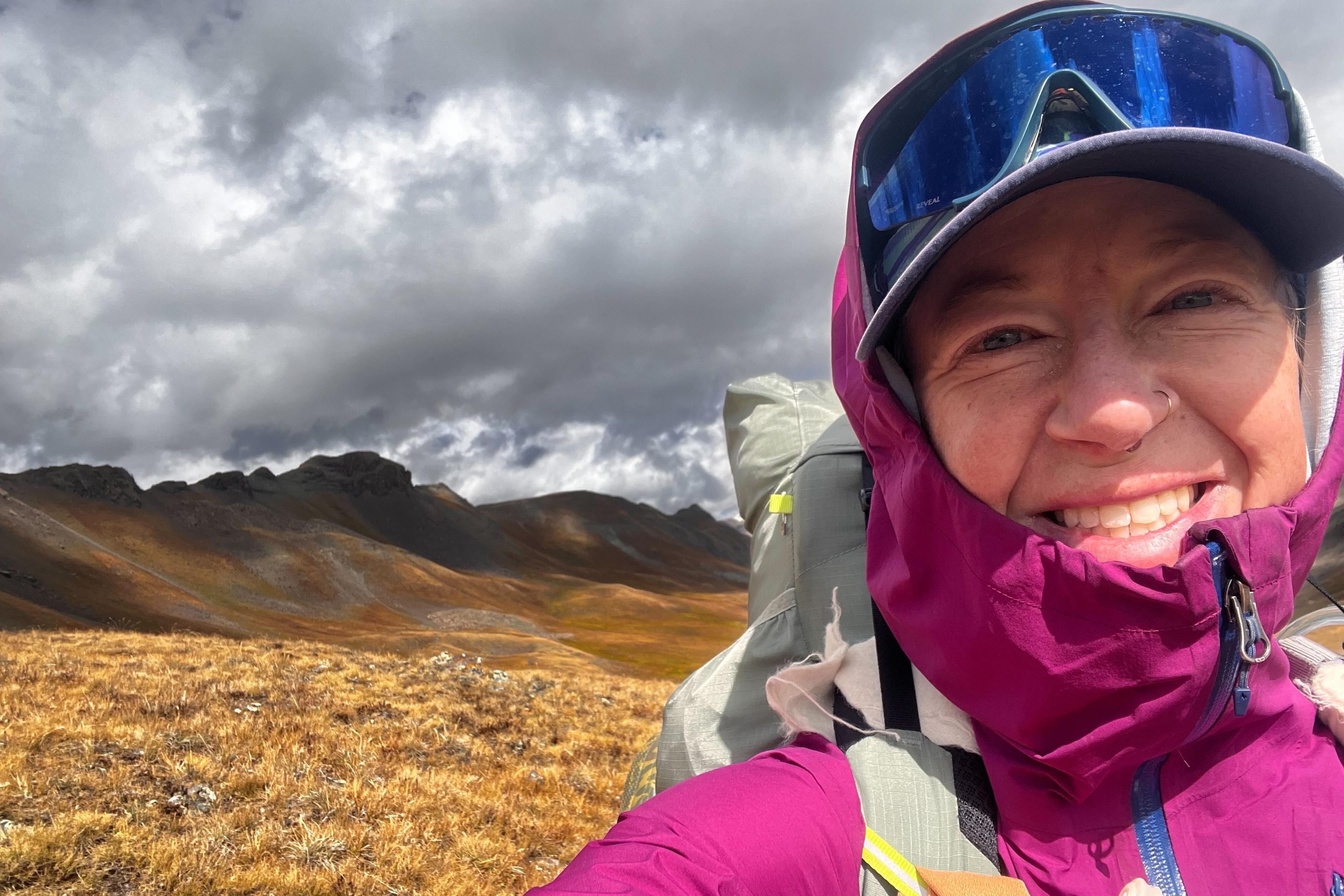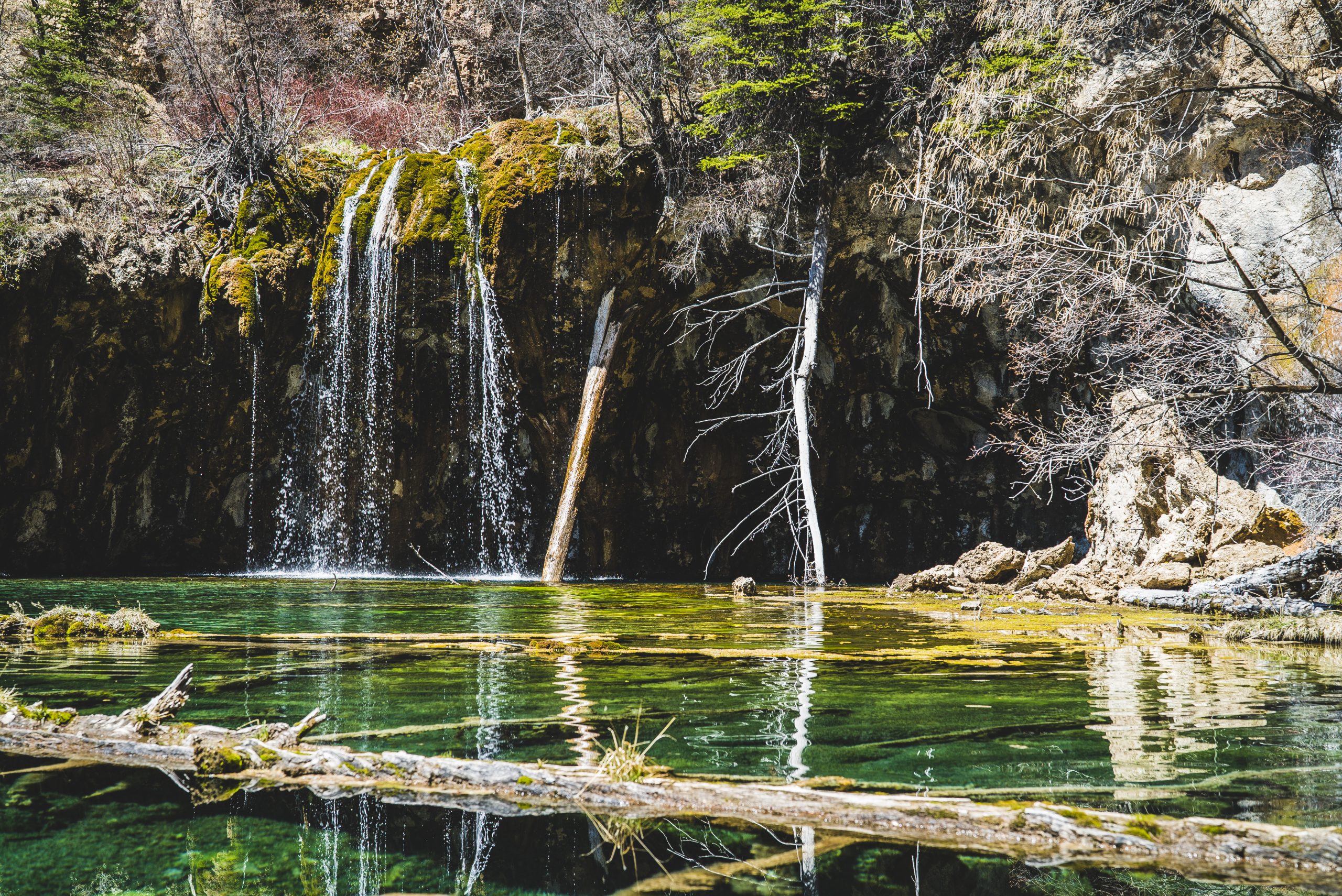
If you were like me, you had a knot in your stomach last August. The Grizzly Creek Fire had exploded in Glenwood Canyon, and Hanging Lake was in its path. I was in Glenwood Springs at the time, just a few miles from that iconic natural wonder. I could see the big plume of smoke billowing from its general direction.
The air was still heavy with ash when the news rippled through town with a joyous speed: An aerial image showed the lake still bright and beautiful, ringed by green trees. Though the wildfire would go on to burn more than 50 square miles, it hardly touched the area surrounding the lake.
The famed tourist destination would stay closed for more than eight months, however, until it finally reopened for visitors May 1.
News outlets were given a tour a few days before, which is how I found myself at the Hanging Lake trailhead with photographer Devon Balet on a sunny afternoon. Though we’d never met, we both lived in Glenwood Springs years before. Devon guessed he’d done the hike 50 times.
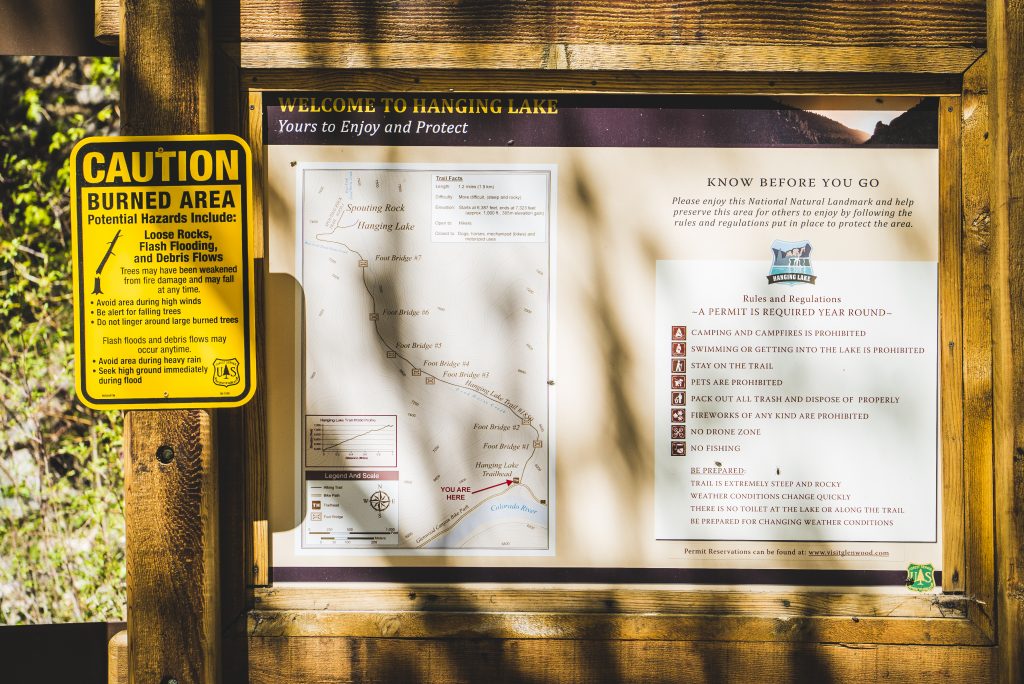
Looking at the trail felt “kind of weird,” he said. “I'm, like, getting tingles because I’ve not been here in so long. And this used to be somewhere that I came to all the time.”
Like him, I hadn’t been to the area in more than a decade, but it all looked familiar: the creek rushing alongside, the Colorado River drifting in the distance, the canyon walls shooting into the sky.
Then there was that trail, even steeper than I remembered.
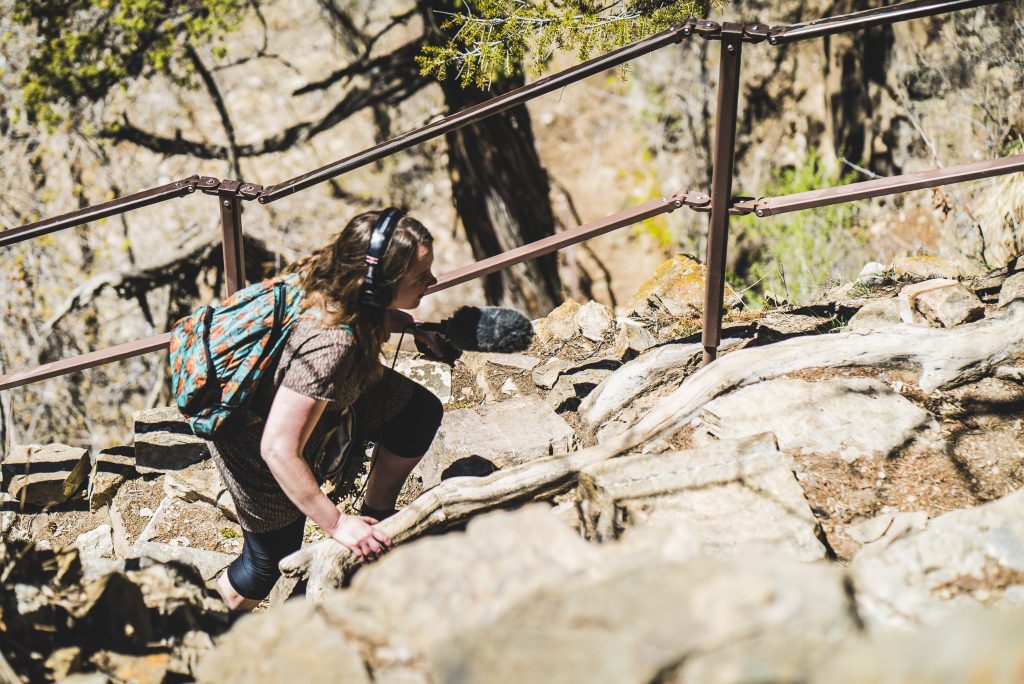
“It’s pretty much like a mile-long rock staircase,” Devon joked, as we started up.
At first, things seemed pretty unscathed, but soon an unmistakable burnt smell hit the air — and the fire’s haphazard path became clear.
“It’s almost as if somebody came and spilled a bunch of charcoal around,” Devon said, patches of black soot covering the forest floor in front of us.
Time after time, we spotted a dead spike of a tree right next to a green, thriving one, seemingly unaffected by the blaze.
It was like this the entire 1.2 miles, as we crossed seven bridges and gained more than a thousand feet in elevation. The final ascent required an uneasy scramble right next to a gut-twisting drop-off.
Then, all of a sudden, there was the sound of water. One more turn and we reached that blue-green pool, still wondrously clear. Fish were still swimming in it. Ribbons of waterfalls were still dropping into it. Even that fallen tree was still reaching across the jewel-like water.
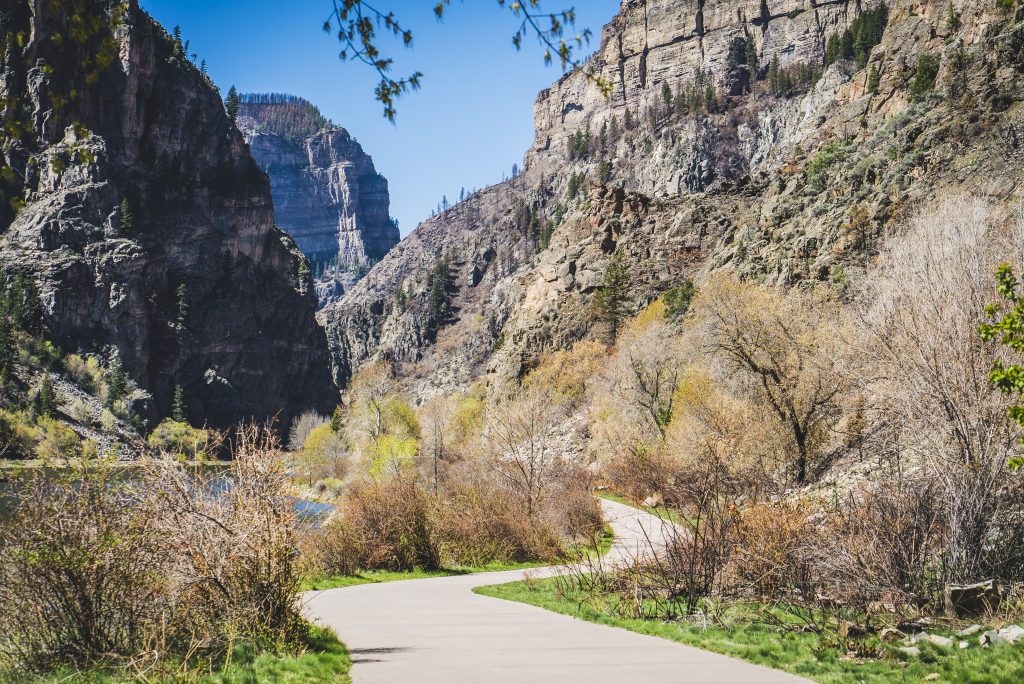
Hanging Lake looked like the postcards, except for some blackened areas far up the cliffs. It looked like my memory. I felt such relief — a feeling that wanted to drip out my eyes and roll down my cheeks. But being surrounded by a small crowd from the U.S. Forest Service, I managed to keep it together.
David Boyd, a public information officer, agreed that, yes, this was an incredible outcome.
“We don’t know, though, for sure, long-term, if there’s going to be some impacts or not,” he said, explaining the U.S Forest Service will keep monitoring the health of the area.
Max Forgensi is a mountain sports administrator for the agency. Managing high-use recreation areas, including Hanging Lake, is now part of his job, he told me. But he started coming up here more than two decades ago.
That first time he saw it, “I was blown away by the splendor in here, really,” he said.
After all that happened in 2020, seeing Hanging Lake survive gives people “hope for the future, right?” Forgensi went on, standing on the lake’s wooden boardwalk, totally unscathed by flames.
Though permits for the hike have been going fast, the majority of hiking slots can still be reserved for this busy season at https://visitglenwood.com/hanginglake. Hanging Lake is capped at 615 visitors a day.

